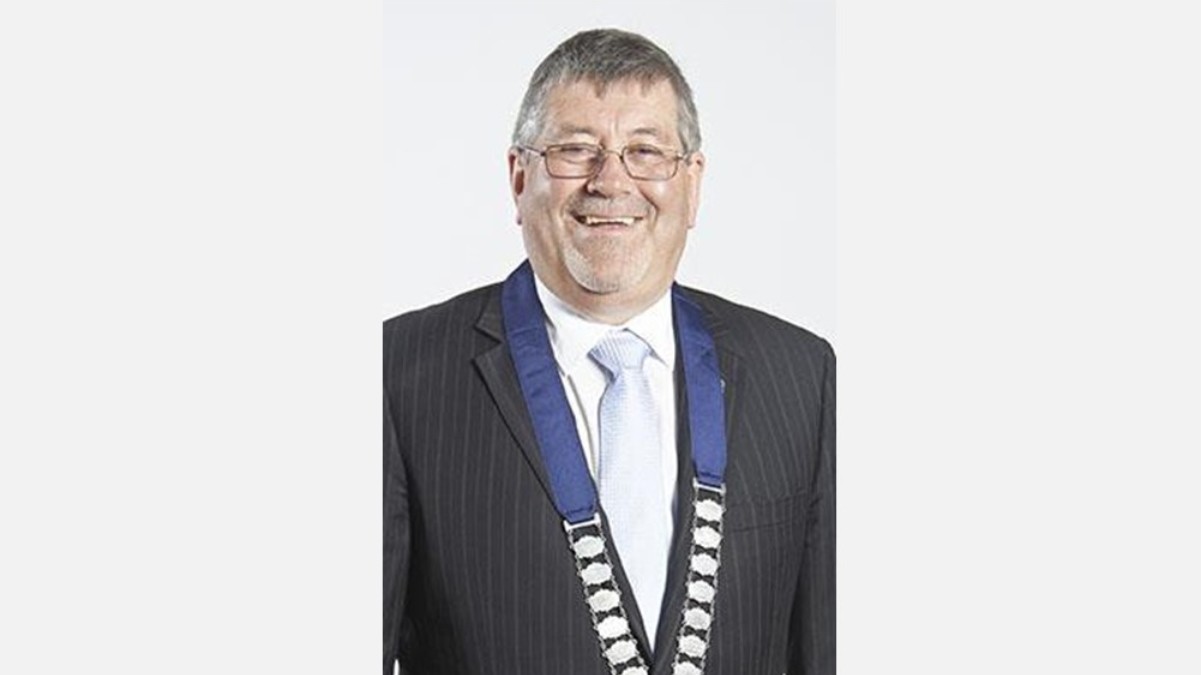Waikato District councillors voted on Monday 28th June to give Raglan the highest rate increase of 16% and the highest rate of $4473.98 per year. (average residential rate for Raglan Town area). Raglan ratepayers will have to find another $624 each year to pay the increase.
Although Waikato Mayor Allan Sanson says his council has a, “user-pays philosophy”, a big part of the Raglan increase comes from the CV rate which is totally unrelated to use of services. The Capital Value (CV) rate for Raglan has increased by 30%.
The councillors rejected calls for the CV rate to be set on a ward basis. Although the council claims it has a “user-pays philosophy”, its biggest expenditure on roading, is not funded on a user pays basis. Mayor Sanson acknowledged that any rate increases are hard to bear, especially for those on fixed or low incomes. “This has been our most challenging LTP in my time here, and we have done our best to balance the need to keep costs down with the need to ensure the Waikato District is liveable, thriving and connected,” he said.
“We make up for it with our quality of life”
The official version from Waikato District Council about the rate increase:
Waikato District Council has formally adopted its Long Term Plan. With the vision of liveable, thriving, and connected communities guiding its decisions, the Council now begins implementing its 10-year budget and plans.
The decisions include a confirmed general rate increase (based on capital value) of 6.5% for the 2021/22 year (down from a proposed 9% increase), followed by 3.5% increases in the following two years. These came after lengthy consideration by Councillors to balance the needs of a growing district, with what people can afford.
The financial strategy in the Long Term Plan balances affordability with increasing expectations and growth by maintaining existing assets and modernising infrastructure. The Plan includes increased investment in roading, drinking water, improved wastewater treatment, and community infrastructure.
Waikato District Council is responsible for $1.7 billion of assets, providing the backbone of our community’s services. Council has worked hard to implement innovative ways to manage increasing infrastructure costs, including its innovative Waikato District / Downers Roading Alliance, which enables repairs, upgrades and safety enhancements to be completed flexibly and quickly on a roading network that includes twice the length of sealed roads than most of our neighbouring councils.
Waikato District Council has also partnered with Watercare Services and Iwi with the aim of delivering greater efficiencies in the delivery of drinking, storm water and wastewater services, while also meeting the rising standards demanded for consent renewals. These rising standards and new compliance costs have contributed to significant targeted rate increases for waters services in the district’s urban areas.
Overall, increased investment delivered through the Long Term Plan will provide better connection options to water, higher quality treatment of wastewater and a cleaner, greener environment.
To support thriving and liveable communities, Council will continue to invest in the district’s vibrant spaces and places, including its playgrounds and libraries, walkways and reserves. This aims to enable a socially cohesive and connected community, and enhanced well-being across the district.
Waikato District Council Mayor Allan Sanson said he was proud of the Long Term Plan and how it will continue to support the growth of the district. He also acknowledged that Council rates – especially targeted rates for people who live in the district’s towns – are high by New Zealand standards.
Mayor Sanson explained that there are valid reasons for this: “With the user-pays philosophy of our Council, people who have direct access to services pay for them, and those who don’t, do not. Unlike some cities and districts with just one or two larger towns, our district has many small towns and a large rural community, so there is a limited number of homes and properties to spread the cost of some services. We might lack the benefits of scale, but we make up for it with our quality of life,” he said.
Mayor Sanson acknowledged that any rate increases are hard to bear, especially for those on fixed or low incomes. “This has been our most challenging LTP in my time here, and we have done our best to balance the need to keep costs down with the need to ensure the Waikato District is liveable, thriving and connected,” he said.
